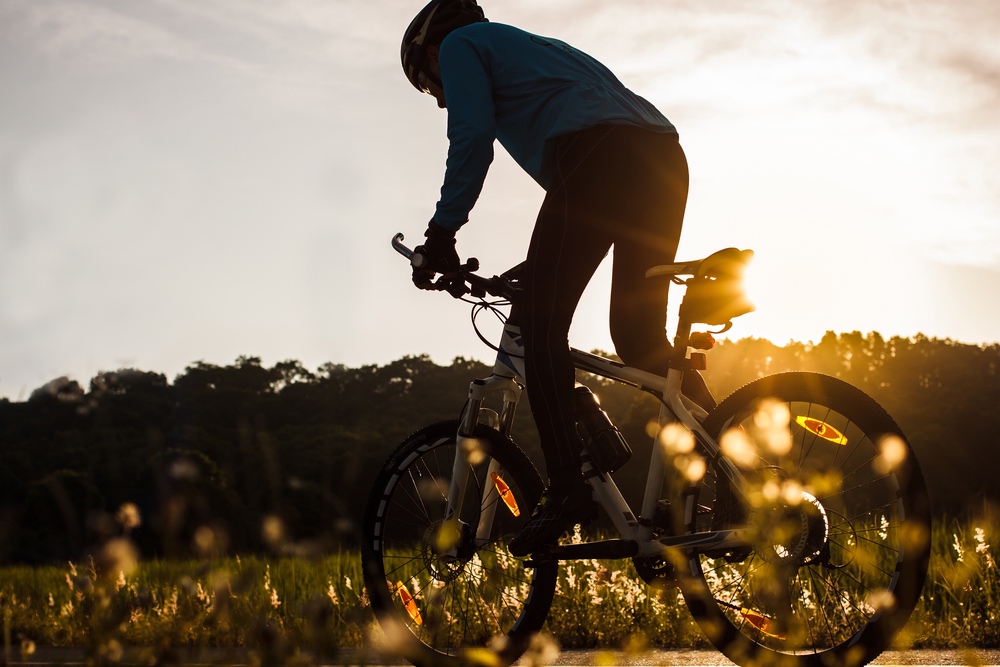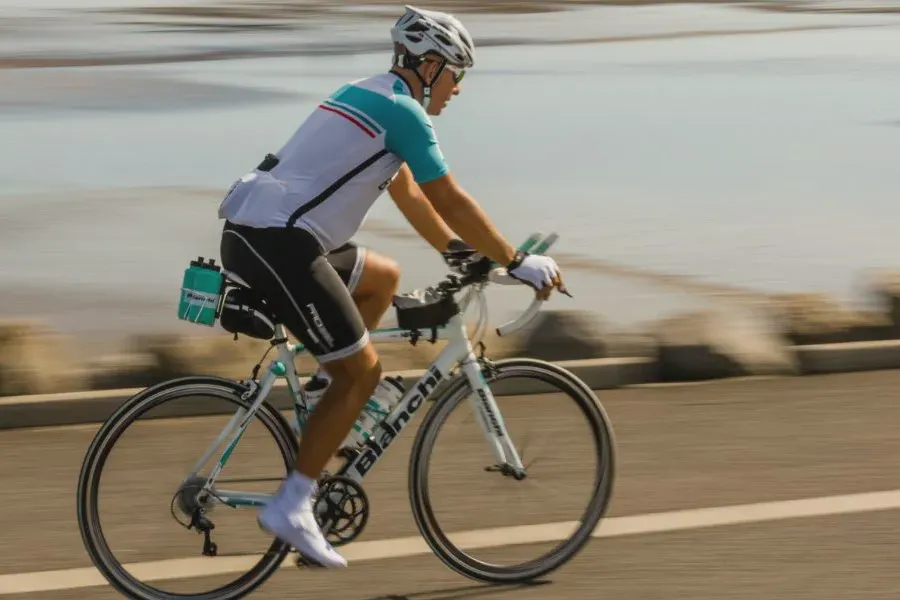Keep it real
Unrealistic training schedules are more common than you think. It’s tempting to try to make the perfect training plans just like a professional rider at the start of a new season. Unfortunately, for most of us, this is not very sensible or achievable considering work, friends, and family commitments. Don’t do this to yourself! It will likely lead to disappointment and stress.
Consult a coach if you can for objective feedback, and talk to your family and training partners about your time limits. Use common sense to understand what you can realistically and sustainably stick to throughout the whole season to avoid unpredictable changes. Also, keep the following four pieces of advice in mind to avoid making the most common early-season mistakes and following an unrealistic cycling training schedule.

Don’t improvise too much
Even if you don’t have a full-blown training plan for the whole season, it’s important to have some idea about what kind of training you’re going to do. The second most important thing is to stick to that idea! If you start improvising or trying to cram too much training in because of other commitments or you missed a few days, it’s a fine line that is going to backfire. You will experience fatigue instead of rising levels of performance.
Solution: Have a plan and stick to it. If you miss a training session don’t worry about it and simply do the next one on your schedule. Make adjustments to your plan only if you miss a whole week or more.
Ramp up gradually
Getting back in shape for your upcoming race schedule can sometimes feel really slow and the memories of last racing season might be pushing you to quickly increase the training load. This is the perfect strategy for pre-season injuries, excessive fatigue, and loss of motivation, especially if solo training.
Solution: Take 2-3 weeks to gradually increase the training load. If your plan is to train 4 days a week, start with 2 training sessions and 1 easy spin and take it from there. Focus all of that early-season enthusiasm into never missing a session. Consistency is the most important aspect of your training at this stage.

Add intensity after a few weeks
Not enough solo work at an easy pace early in the season can cause problems later. It’s a bad idea to increase the training load too fast and it’s also a bad idea to wait around before going a bit harder and adding intensity. It’s important to focus on building aerobic endurance in the early season. But this doesn’t mean all of your sessions need to be endurance oriented.
Solution: After those initial 2-3 weeks, you can start adding short high-intensity intervals to your training here and there. They should make up a small proportion of your training at first but you can ramp it up as the season progresses. Don’t get stuck on endurance training for 2 months or longer.
Don’t skip cross training
The off-season is usually when cyclists work on their strength and core stability. If that’s your case, don’t let all of that hard work go to waste. And if you haven’t been doing much, the time to start now is as good as any.
Solution: Aim for at least one, ideally two cross-training sessions per week. This will allow you to keep the adaptations you produced during the off-season.

Don’t skip recovery
A important component to achieving long term goals and improve performance is getting enough rest. If no progress is being made and your current fitness level and power numbers are suffering, your body is letting you know that you to take more time to recover.
Recovery is an equally important component towards your main goal for the season that is often undervalued. Track your rest, meals, hydration, weight and training completed in a journal for a realistic look at how you are progressing compared to how you feel. Seek support from your coach or other riders to help you over the rough patches. And try to have fun! That’s the best motivator of all.








